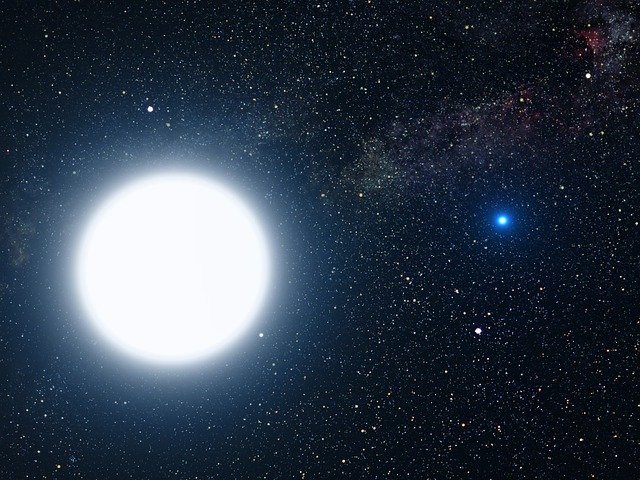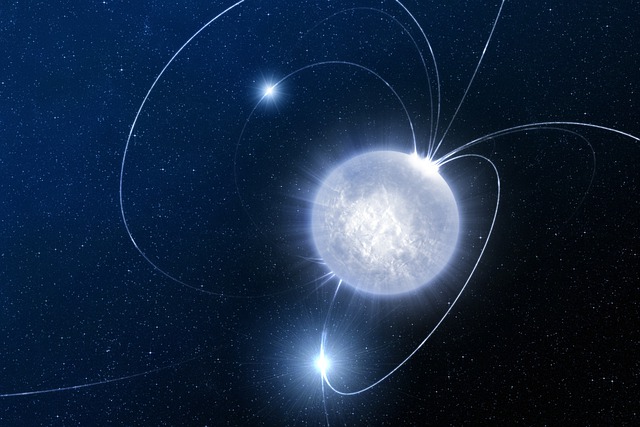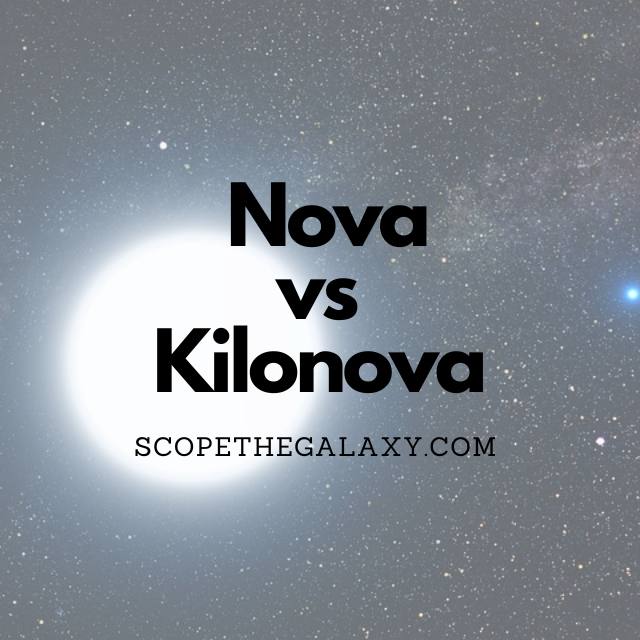*This post may contain affiliate links. This means we may make a commission if you purchase an item using one of our links*
The main differences between a nova and a kilonova is that novas are explosions that occur on the surface of a white dwarf that are 100,000 times brighter than a the Sun whilst kilonovae are formed when 2 neutron stars merge together and produce a brightness that is 1,000 times brighter than your typical nova explosion.
Continue reading if you want a more thorough breakdown of how a nova and a kilonova work along with their similarities and differences.
What Is A Nova?
Table of Contents

A nova will occur when a white dwarf consumes too much energy from its binary companion star. This causes nuclear fusion on the white dwarfs surface, momentarily inducing a very bright energy outburst on the stellar remnant’s exterior.
When the surface of a white dwarf heats up to around 20,000 degrees Celsius the nuclear fusion process will activate, allowing it to act as if it were the core of an active star again.
The energy produced is significant, where it ejects resources in the region of 100,000 times more powerful than the white dwarfs typical cycle.
This excess energy needs to be ejected out otherwise it wouldn’t be able to conserve its form. That’s why the exterior explodes creating what we now refer to as a nova explosion, an explosion that has been observed to increase in brightness over the course of a few months.
Some white dwarfs tend to have nova outbursts a few times a century, while others are rarer. Ultimately for the explosion to occur, it will depend on how much hydrogen can be provided by a white dwarfs red giant companion star.
Although not the most commonly observed cosmic activity, scientists often find roughly 40 new novas every year in the Milky Way, which does imply that billions of nova explosions likely happen every year throughout the cosmos.
What Is A Kilonova?

For a kilonova to occur 2 neutron stars need to collide. Neutron stars are formed when a star around 8 solar masses explodes through a supernova explosion.
These neutron stars also tend to a be in a binary star system. In this situation if the neutron stars are close to each other, they will gradually spin inwards as a result gravity until they merge together and cause an explosion.
As the name kilo would suggest, kilonovae are typically 1000 times more bright than your average nova however, when it comes to comparing them to your average supernova, they fall far short, whether it be in terms of luminosity or power.
After the explosion has set, scientists have observed that one possible outcome of this collision would be the formation of a black hole.
However, this is unlikely to be the most common outcome as black holes require materials that add up to around 3 solar masses but, according to the Laser Interferometer Gravitational-Wave Observatory study on kilonova collisions, it appears some can result in black holes.
Other kilonovae may have an afterglow that may get brighter over a few months or years after the explosion, which typically will be formed by the x-rays and radio emissions that the explosion ejects.
Of course if a black hole forms, these emissions will eventually fall into its singularity.
How Are Novas And Kilonovae Similar?
Both novas and kilonovae are amongst the brightest entities in any give galaxy, much brighter than most stars and both occur through the remanants of a dead star, whether it be on a white dwarf or through neutron stars in a binary star system.
Other than this, the manner in which they occur is very different as has been explained above.
Differences Between Novas And Kilonovae
In regards to the differences between the two, they would include the below:
- A Kilonova is 1,000 time brighter than your typical nova.
- Kilonovae occur when two neutrons stars in a binary system merge whilst novas occur when a nuclear fusion occurs on the surface of a white dwarf and ejects some of their energy burst outwards causing an extreme brightness, that can last for months.
- Novas occur when the surface of a white dwarf heats up to 20,000 degrees whilst a kilonova explosion will generally heat up to around 9,000 to 11,000 degrees Celsius.
- Kilonovae can produce a radioactive afterglow or produce balck holes as a result of the merger whereas novas cannot do this.
- Novas are more common than a Kilonova as white dwarfs are far easier to form than your typical neutron star or blackhole and will generally cause a burst every century or so.
Summary
Although both share the nova part of their names and are the by product of dead stellar remnants, the manner in which they come about and the energy they produce vary significantly.
Kilonovae are 1,000+ times brighter than your average nova, and form when neutron stars collide whilst novas are just bright explosions that are brighter and more powerful than your average explosions on white dwarfs.

